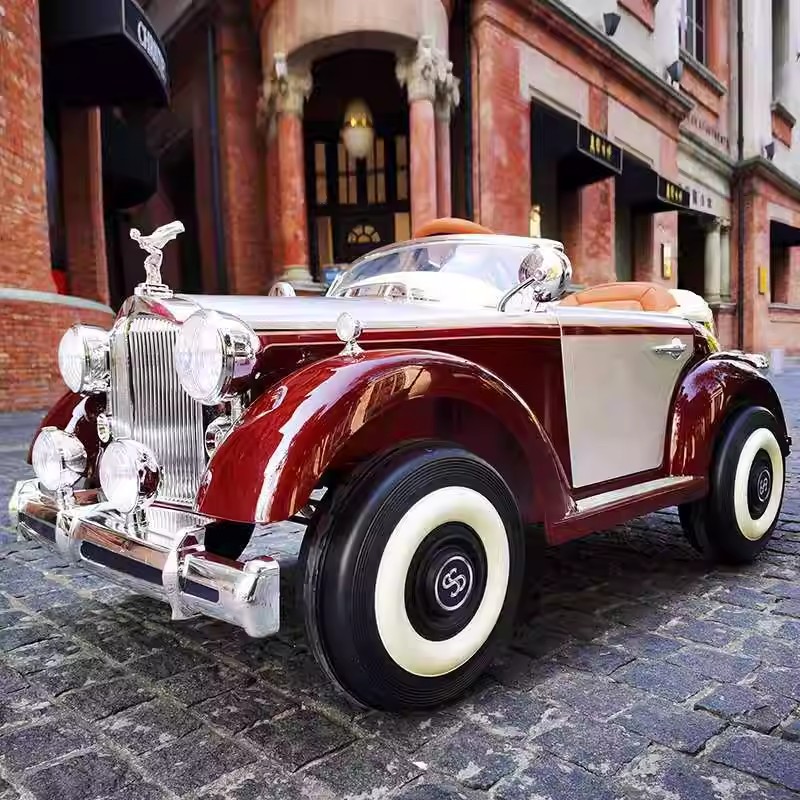what is a self balancing scooter
What is a Self-Balancing Scooter?
A self-balancing scooter, commonly referred to as a hoverboard, is a compact, two-wheeled personal transportation device that allows users to navigate various terrains by shifting their weight in different directions. The concept behind self-balancing scooters is rooted in advanced gyroscopic technology, which helps maintain balance and stability, making the ride enjoyable and relatively easy to learn.
How It Works
The operation of a self-balancing scooter is based on sensors that detect the rider's movements. When a rider leans forward, the scooter responds by moving in that direction; leaning backward activates the brakes, stopping the scooter or reversing its course. Users can also execute turns by shifting their weight to one side, allowing for a fluid and intuitive riding experience. Most models are equipped with infrared sensors and gyroscopic mechanisms that work in tandem to ensure stability. This technology allows for a safe and responsive ride, catering to users of various skill levels.
Features and Design
Typically, hoverboards are designed with a platform for the rider to stand on, with one wheel on either side. They come in various sizes and styles, often showcasing LED lights, Bluetooth speakers, and mobile app connectivity, which enhances their appeal, especially among younger users. The materials used in self-balancing scooters are also important, as they need to be lightweight yet durable enough to withstand the rigors of everyday use.
Most hoverboards are powered by rechargeable lithium-ion batteries that provide a reasonable range per charge, usually between 10 to 15 miles, depending on factors such as rider weight and terrain
. The maximum speed of self-balancing scooters typically ranges from 6 to 10 miles per hour, making them a suitable option for short commutes or leisurely rides around town.what is a self balancing scooter

Safety Considerations
While self-balancing scooters offer a fun and efficient mode of transport, safety remains a paramount concern. Riders are encouraged to wear appropriate safety gear, such as helmets, knee pads, and elbow pads, to minimize the risk of injury in case of a fall. It's also crucial to adhere to local laws and regulations regarding hoverboard use, which can vary significantly from one area to another, especially concerning where and how these devices can be ridden.
Adoption and Popularity
Since their rise to fame in the mid-2010s, self-balancing scooters have gained immense popularity among various demographics. They are not only seen as a cool gadget but also as a viable alternative to traditional transportation methods. Many users are drawn to their eco-friendly nature, as they produce zero emissions and are often a more efficient way to cover short distances compared to cars or motorcycles.
Moreover, cities with bike lanes and pedestrian-friendly zones have seen an increase in hoverboard use, as they provide a flexible mode of transport that can easily navigate through crowded environments. The appeal of self-balancing scooters is further fueled by social media, where users often share videos showcasing their riding skills and unique features of various models.
Conclusion
In summary, a self-balancing scooter is an innovative, fun, and practical mode of transport that has reshaped urban mobility. With their user-friendly design and advancing technology, hoverboards are set to continue their trajectory of popularity, redefining the way we think about short-distance travel while promoting an active, environmentally friendly lifestyle. Whether for commuting, recreation, or just plain fun, self-balancing scooters have certainly carved out their niche in the modern transportation landscape.
-
Understanding Voltage in Battery for Children's Motorized CarNewsJun.05,2025
-
Safety Features to Look for in an Electric Car for KidsNewsJun.05,2025
-
How to Teach Your Child to Ride a Kids MotorcycleNewsJun.05,2025
-
How to Prevent Falls on a Balanced ScooterNewsJun.05,2025
-
How to Maintain Your 3 Wheeled Scooter for LongevityNewsJun.05,2025
-
Best Motorcycle Scooters for Urban CommutingNewsJun.05,2025
